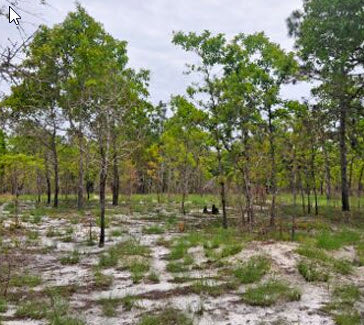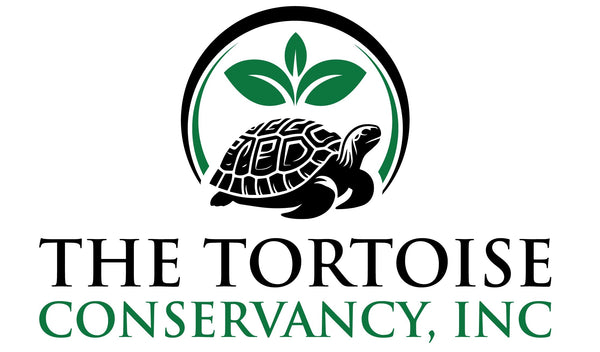
Gopher Tortoises in the Wild: Observing Their Natural Behavior
Share
Gopher Tortoises in the Wild: Observing Their Natural Behavior |
Observing gopher tortoises in the wild provides valuable insights into their behavior and needs. When watching tortoises, it's important to maintain a respectful distance and avoid disturbing them. Understanding their natural behavior helps in creating more effective conservation strategies and fosters a deeper appreciation for these remarkable creatures.
Basking and Foraging: Gopher tortoises spend a significant amount of time basking in the sun to regulate their body temperature. Early morning and late afternoon are the best times to observe this behavior. When foraging, tortoises graze on a variety of plants, including grasses, herbs, and fruits. Observing their foraging habits can provide insights into their dietary preferences and the availability of food sources in their habitat.
Burrowing: One of the most fascinating aspects of gopher tortoise behavior is their burrowing activity. Tortoises use their strong, shovel-like front legs to dig extensive burrows that can be up to 40 feet long and 10 feet deep. These burrows provide shelter from predators, extreme temperatures, and fire. Watching a tortoise dig a burrow offers a glimpse into the hard work and dedication they put into creating their homes.
Mating and Social Interactions: During the breeding season, which typically occurs in the spring and early summer, male gopher tortoises engage in head-bobbing displays and combat with other males to attract females. Observing these interactions can be both exciting and informative. Males may also court females by following them and nuzzling their heads. While gopher tortoises are generally solitary animals, they do interact with other tortoises, especially during the breeding season.
Seasonal Behavior: Gopher tortoises exhibit seasonal behaviors that are influenced by environmental conditions. During the cooler months, they may become less active and spend more time in their burrows. In contrast, the warmer months see increased activity as tortoises forage, mate, and maintain their burrows. Understanding these seasonal patterns helps researchers and conservationists plan effective management strategies.
Observation Tips: To observe gopher tortoises responsibly, follow these guidelines:
- Maintain a respectful distance and avoid approaching or handling tortoises.
- Use binoculars or a camera with a zoom lens to observe from afar.
- Avoid disturbing burrows or other natural features.
- Follow established trails and guidelines in protected areas.
- Be patient and quiet to minimize stress on the animals.
By observing gopher tortoises in their natural habitat, you can gain a deeper understanding of their behavior and the challenges they face. This knowledge is essential for developing effective conservation strategies and fostering a greater appreciation for these unique reptiles.
